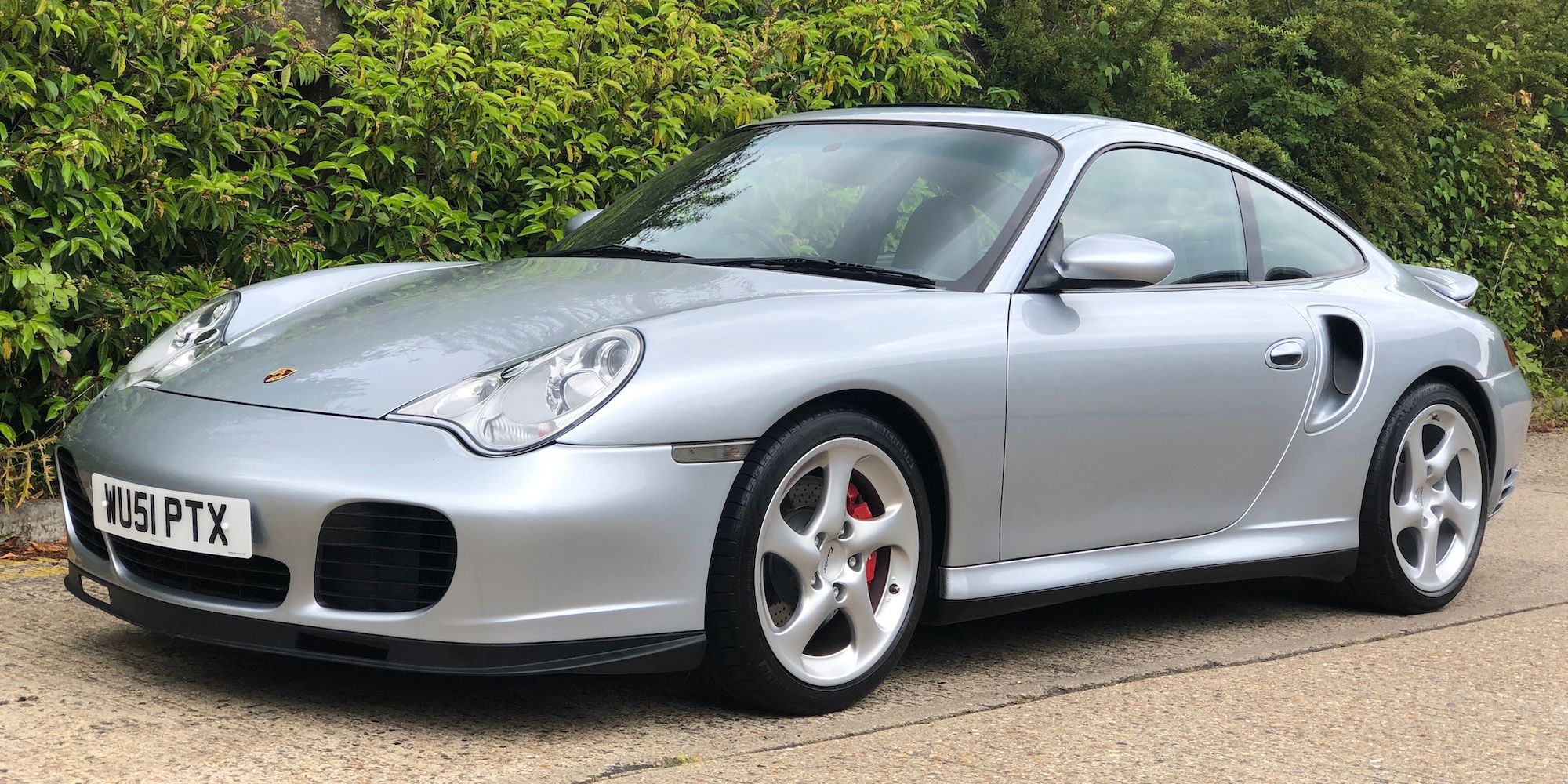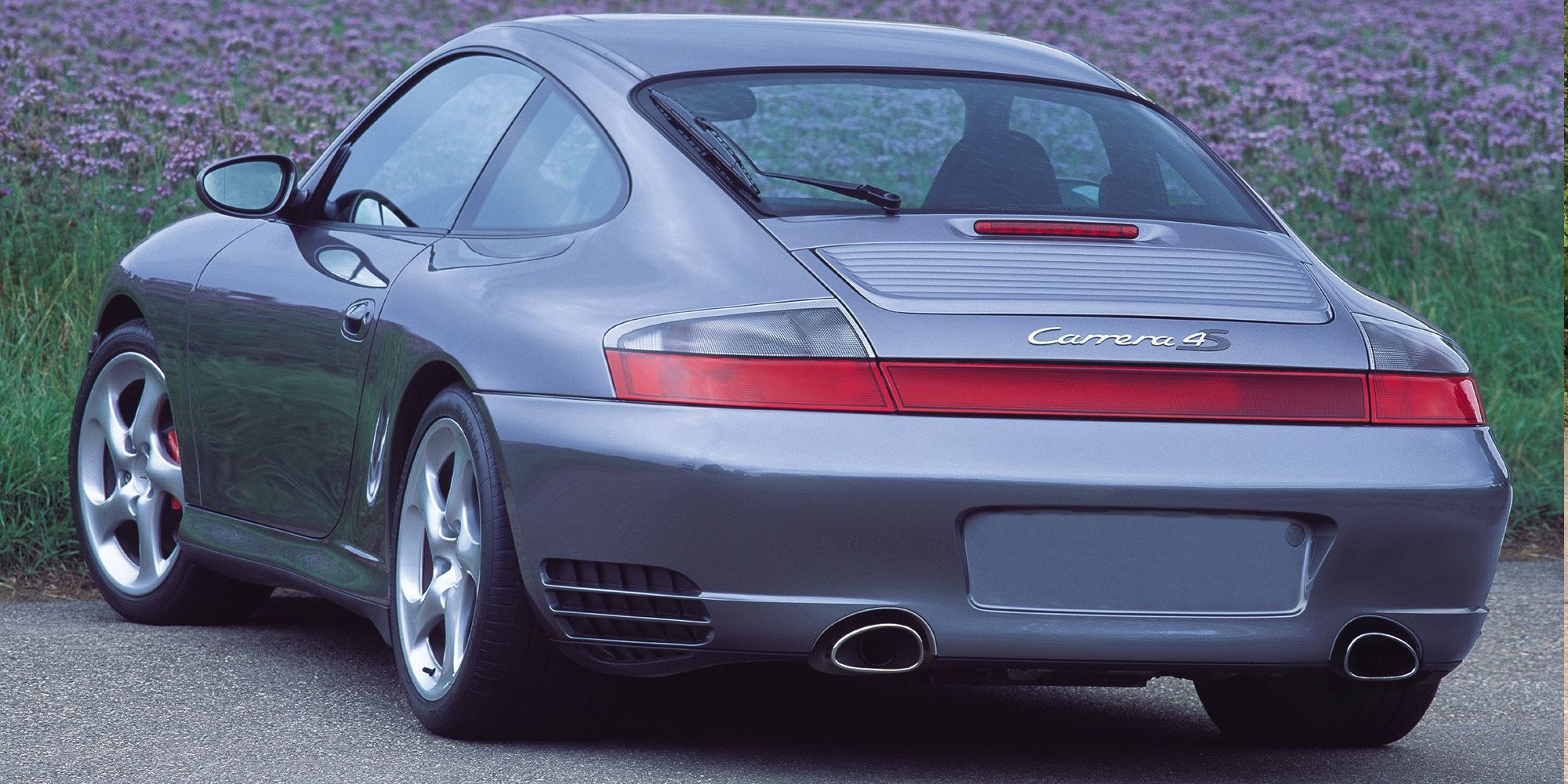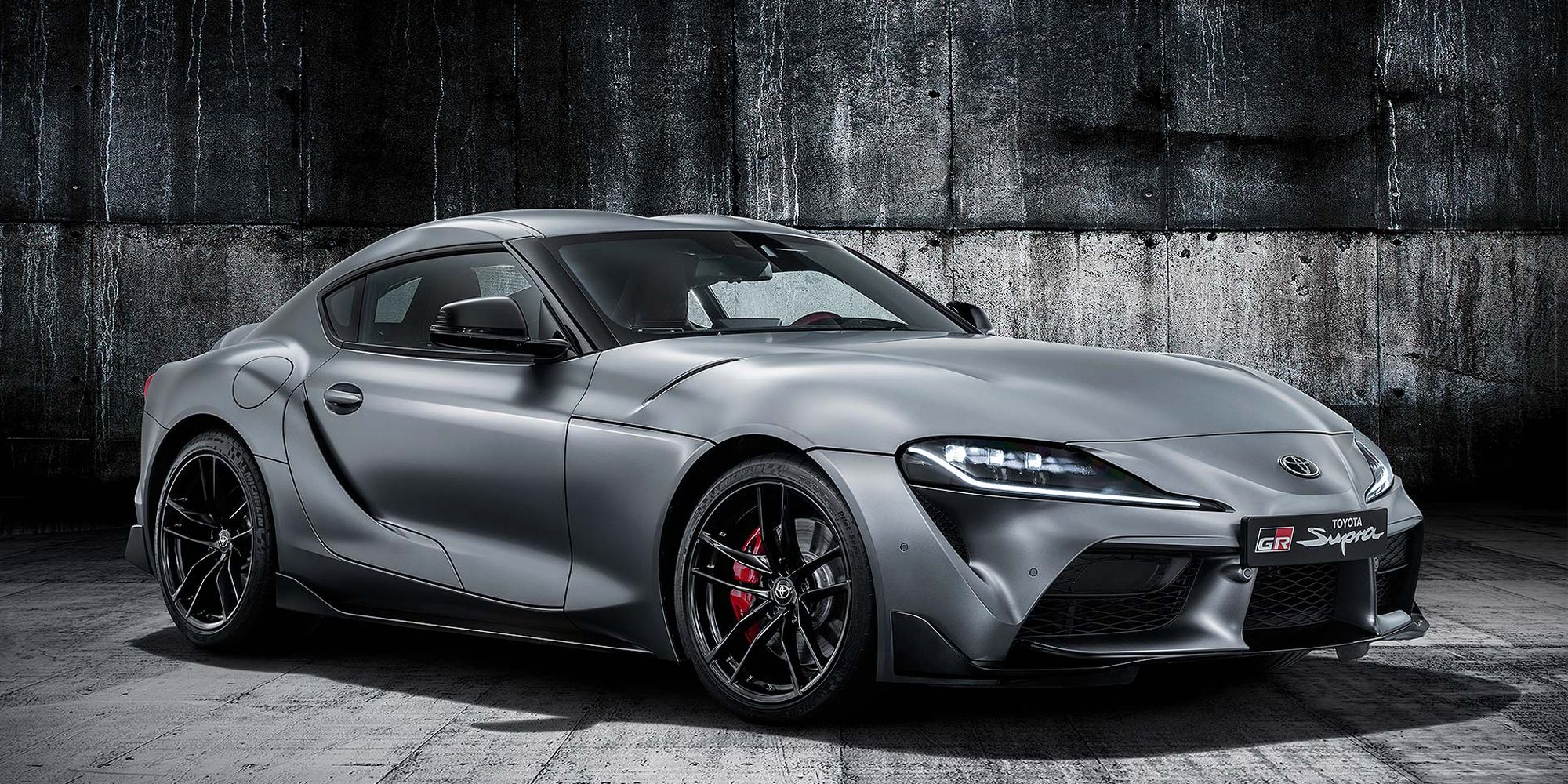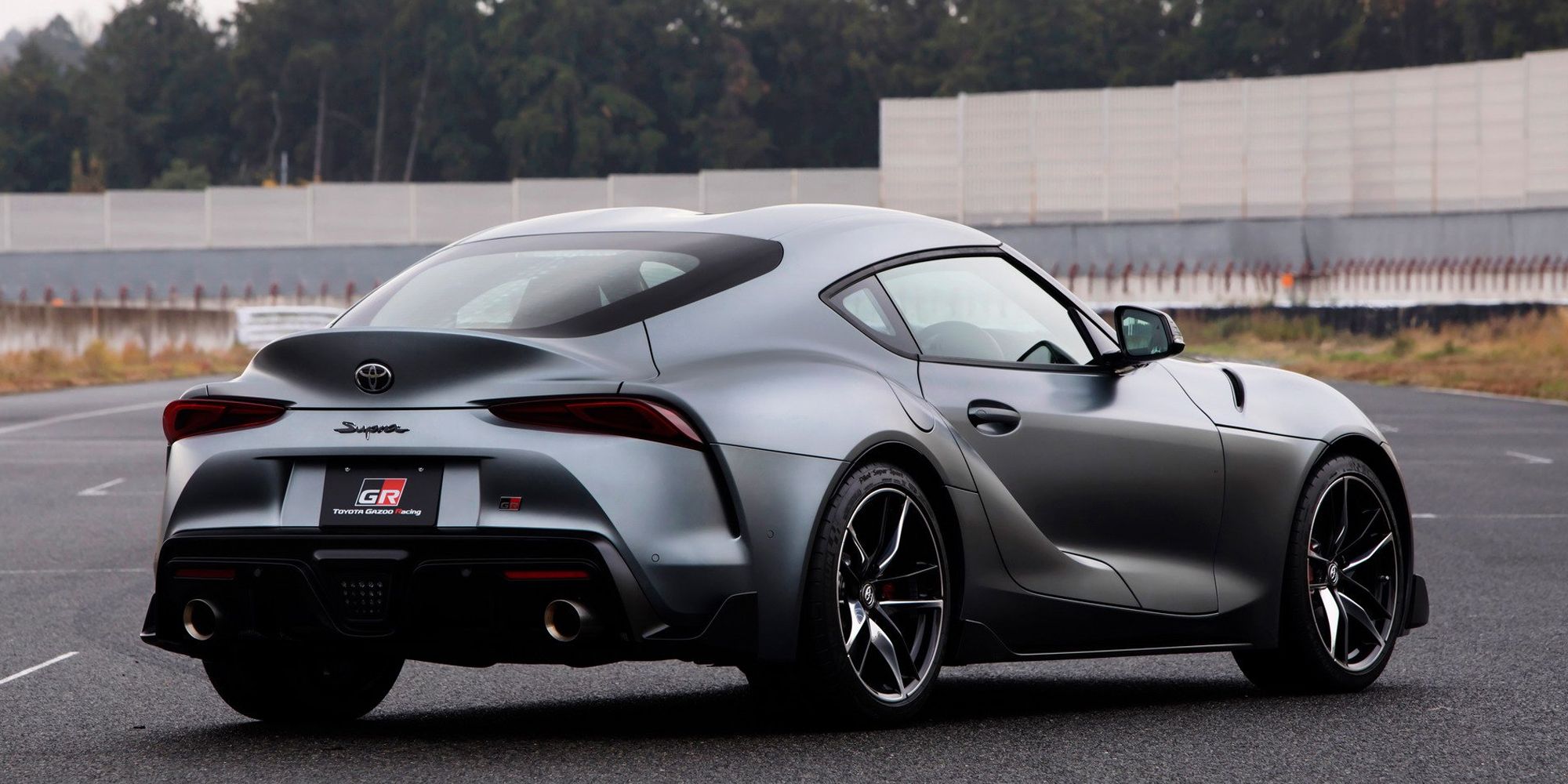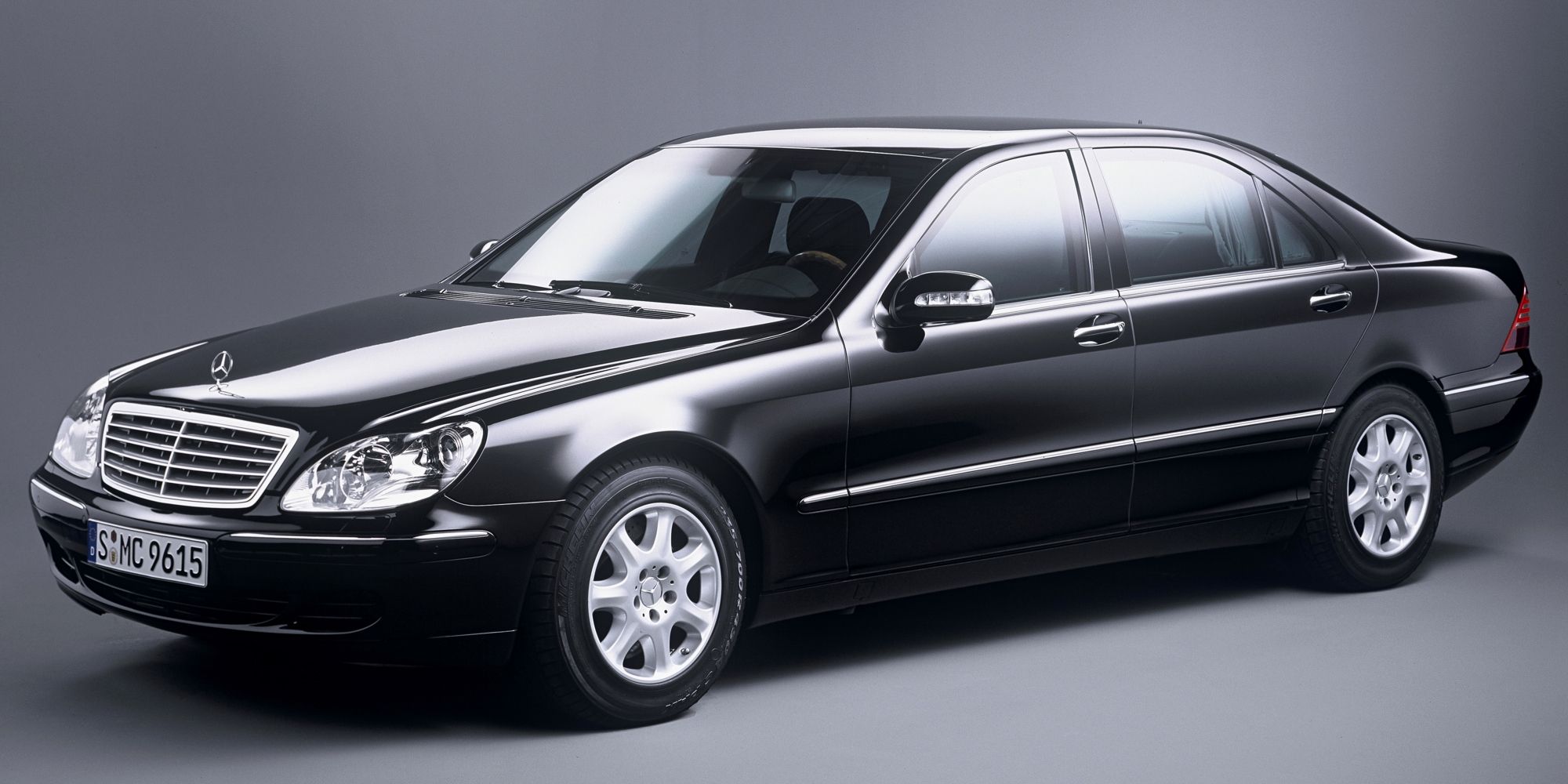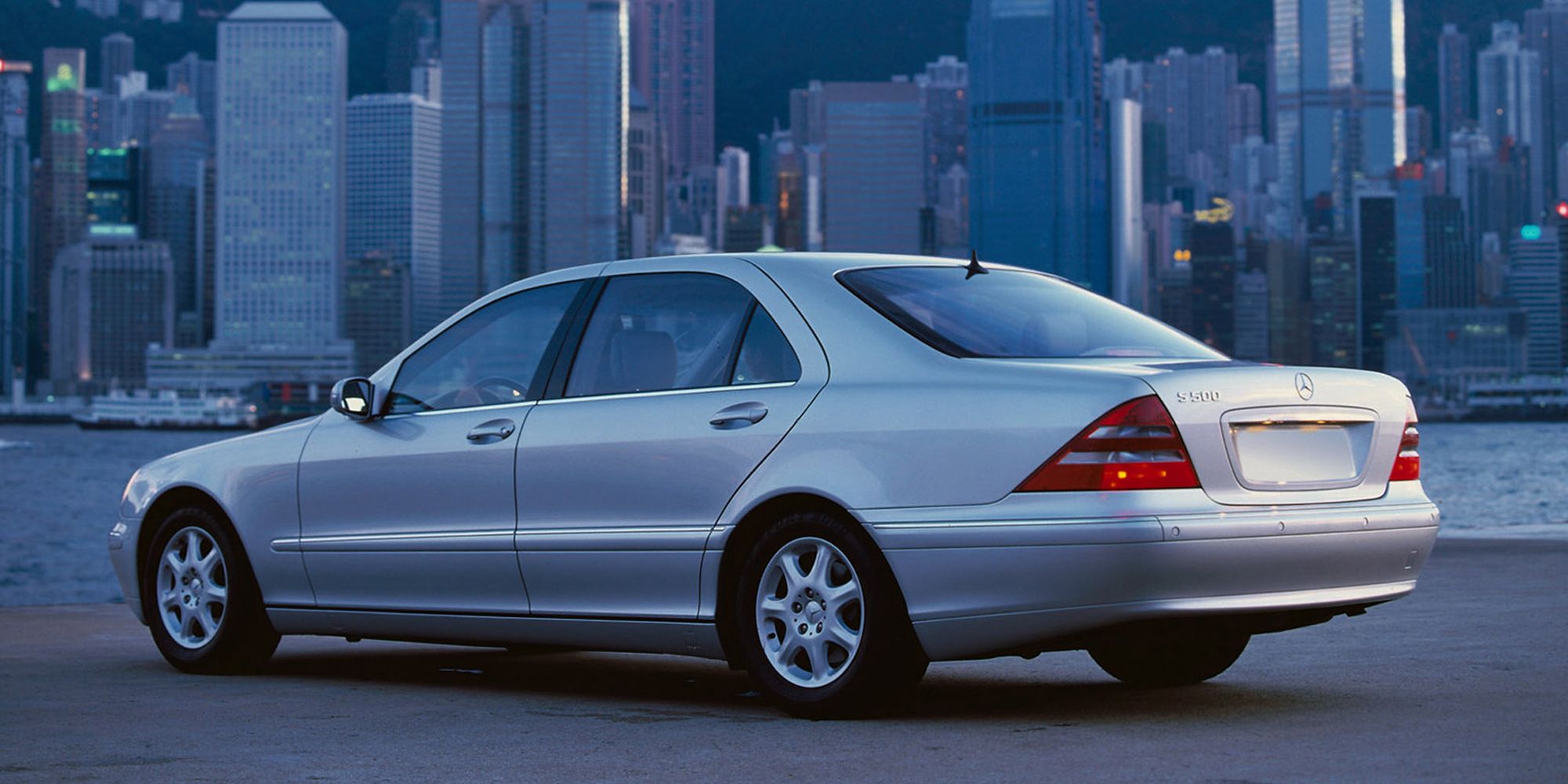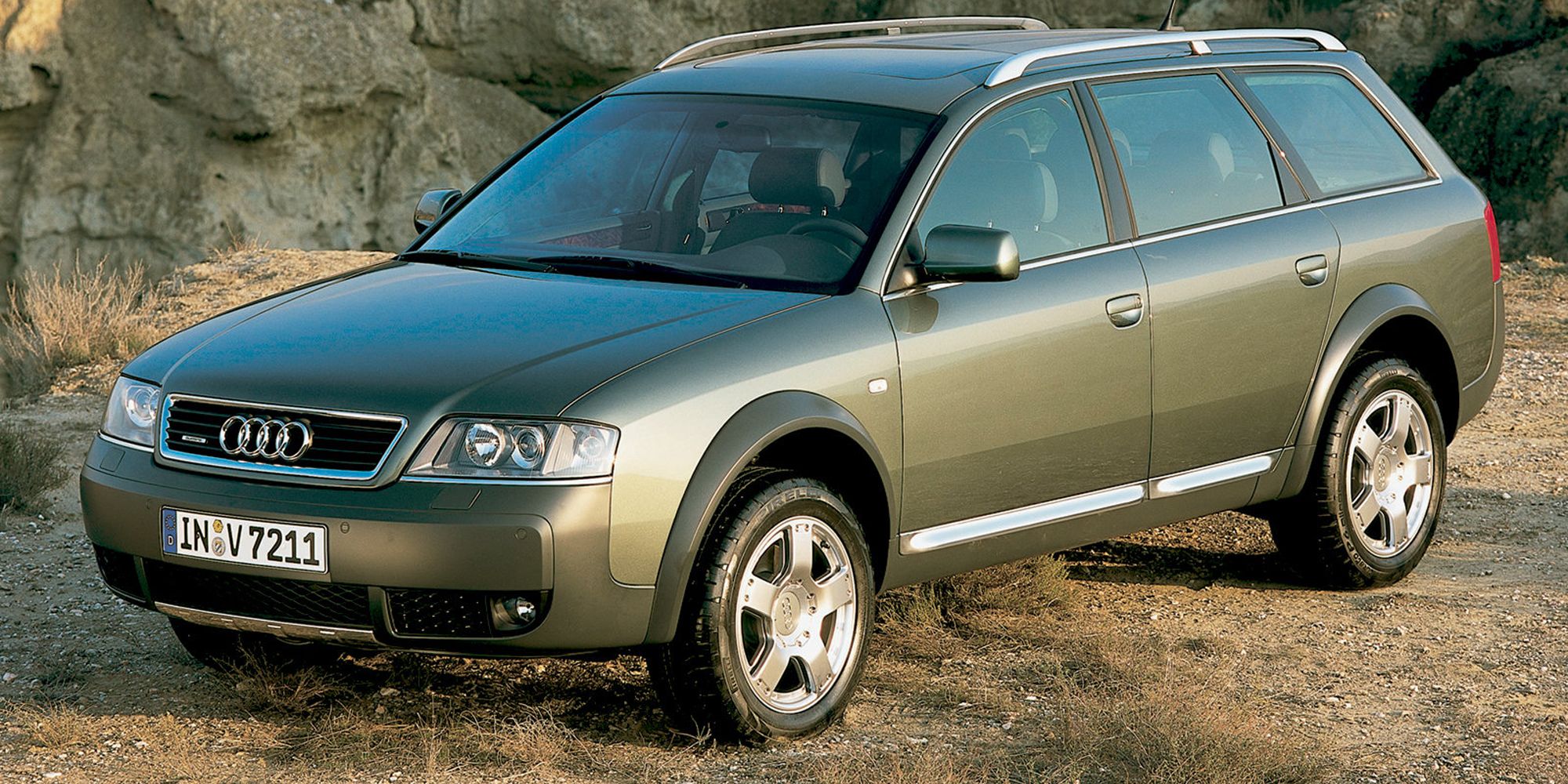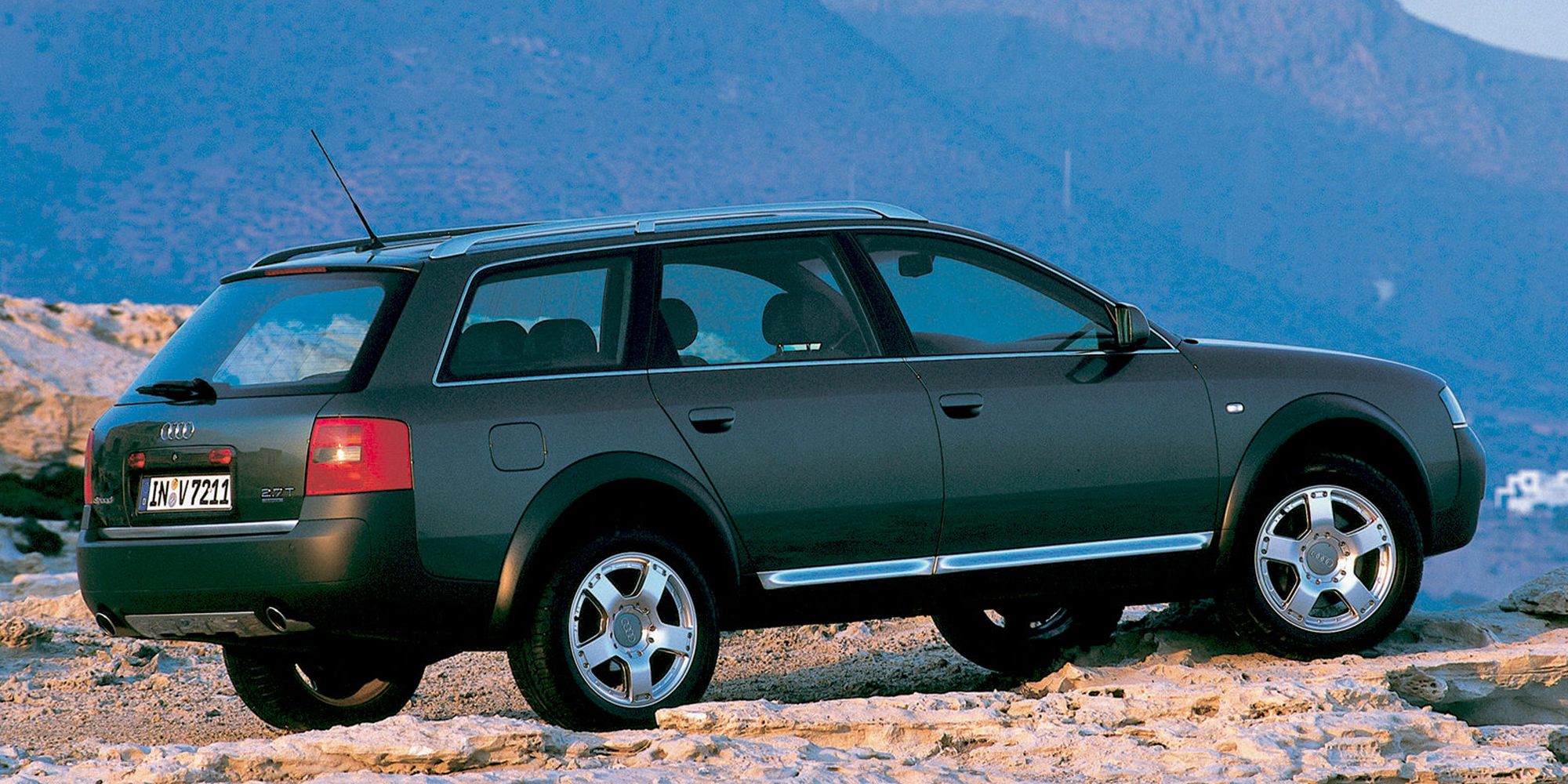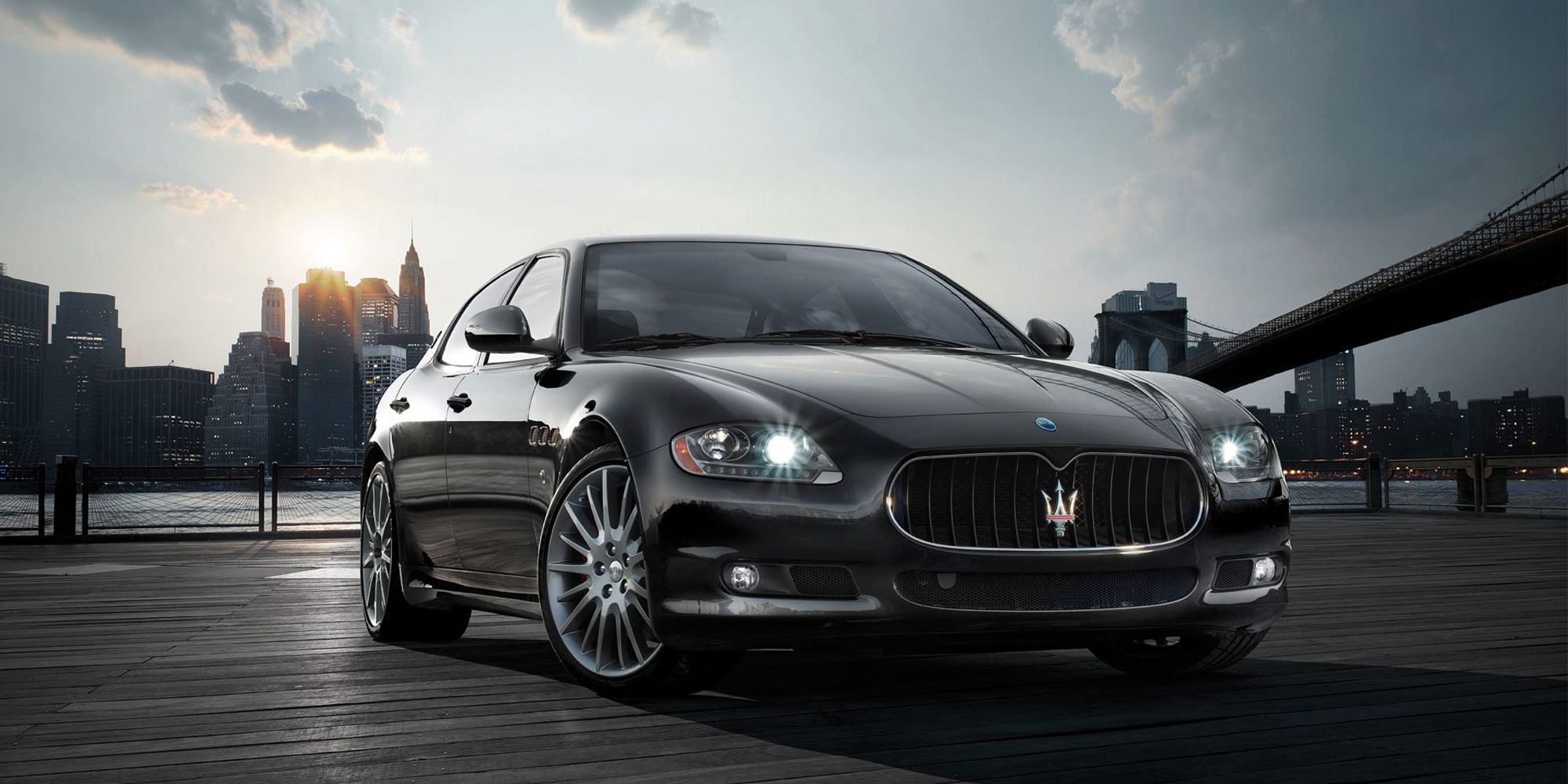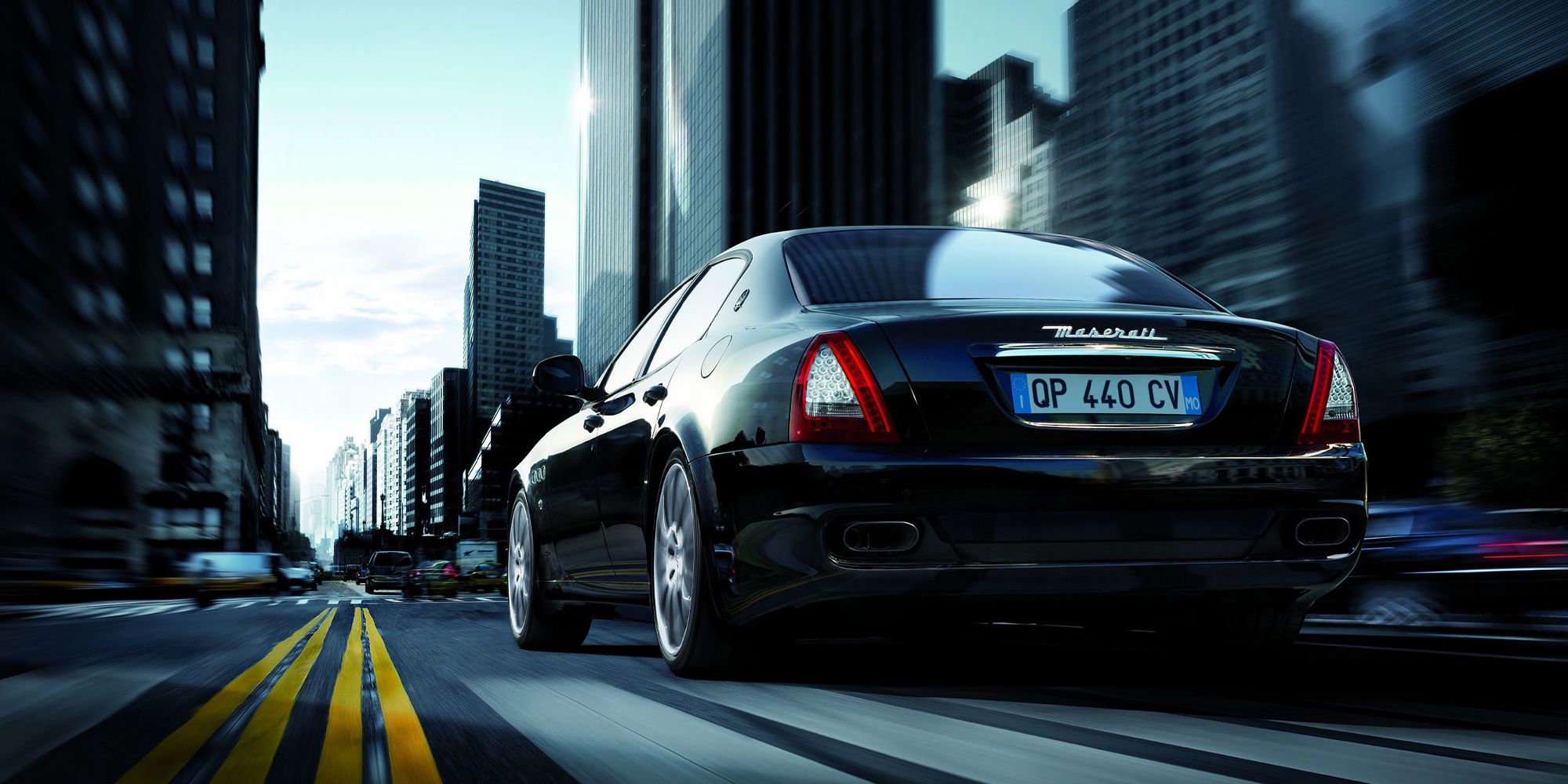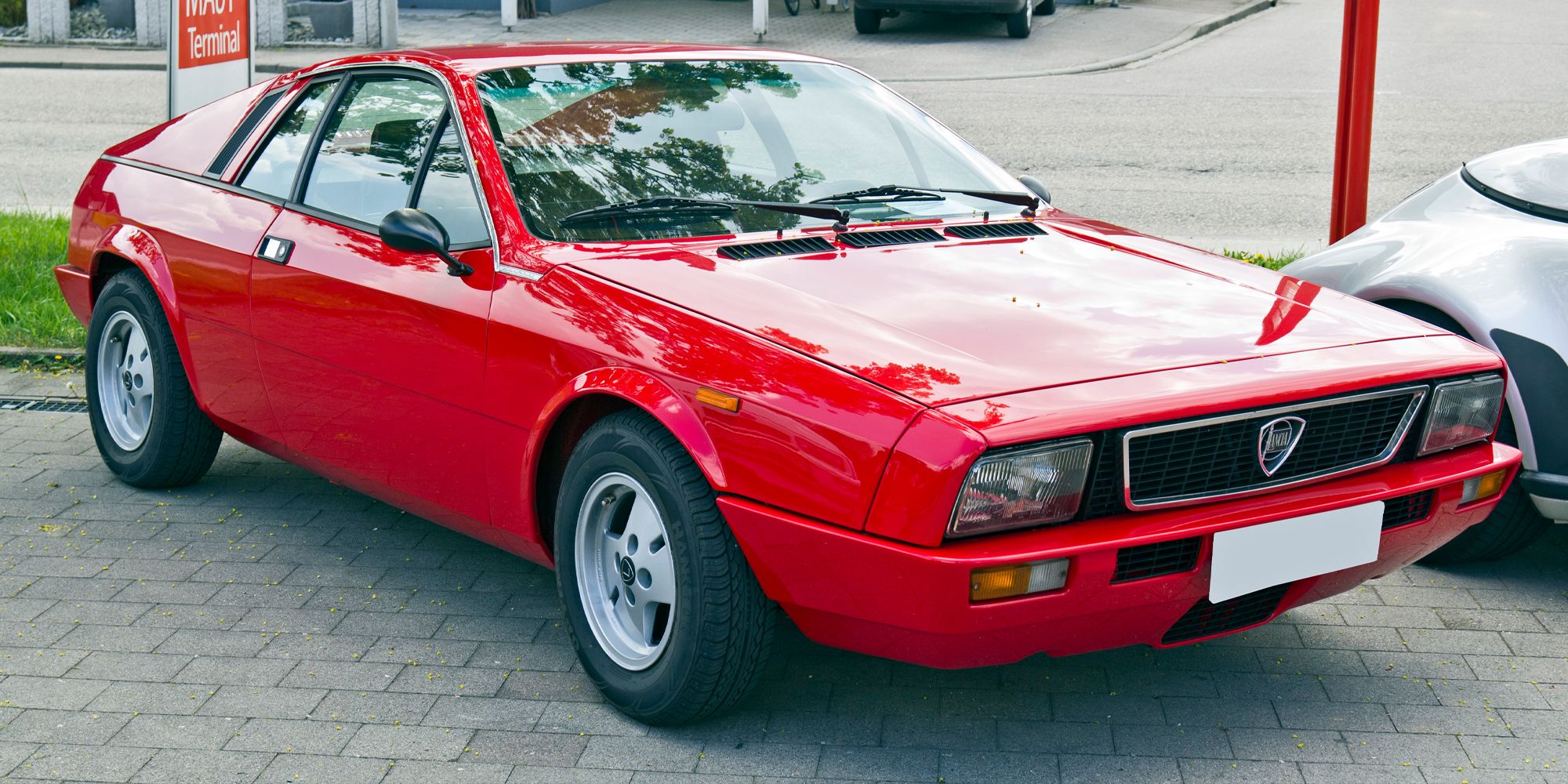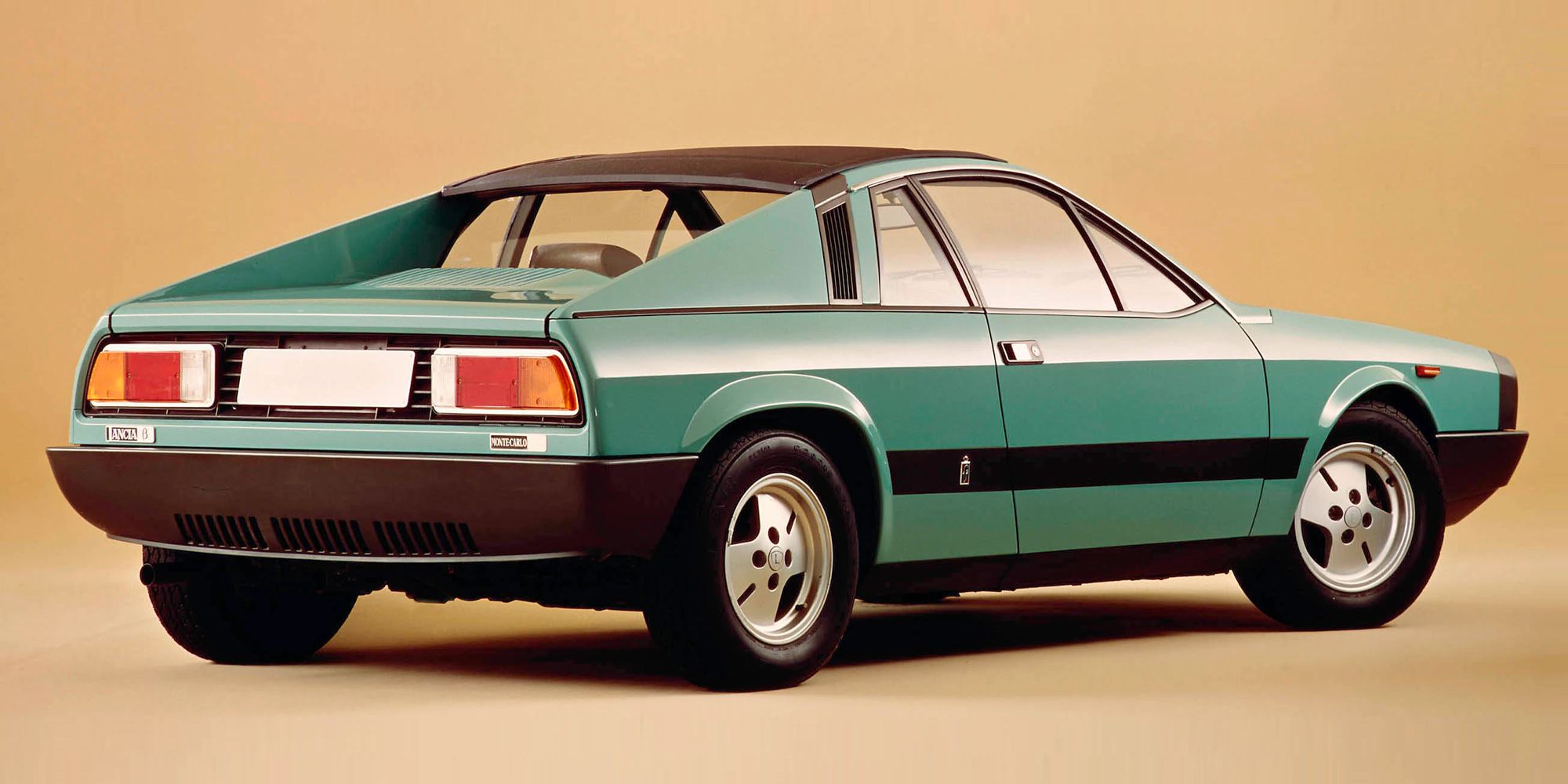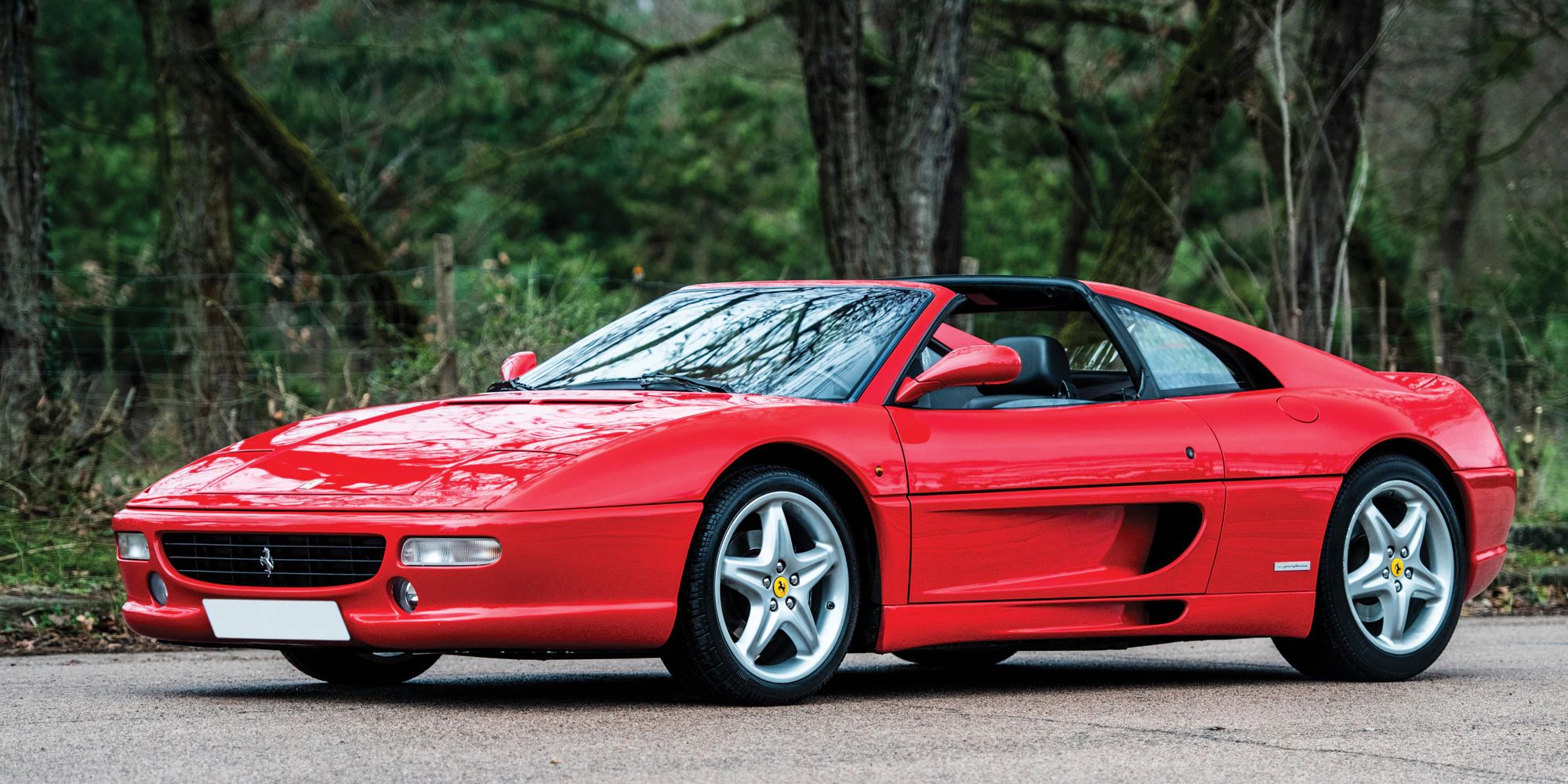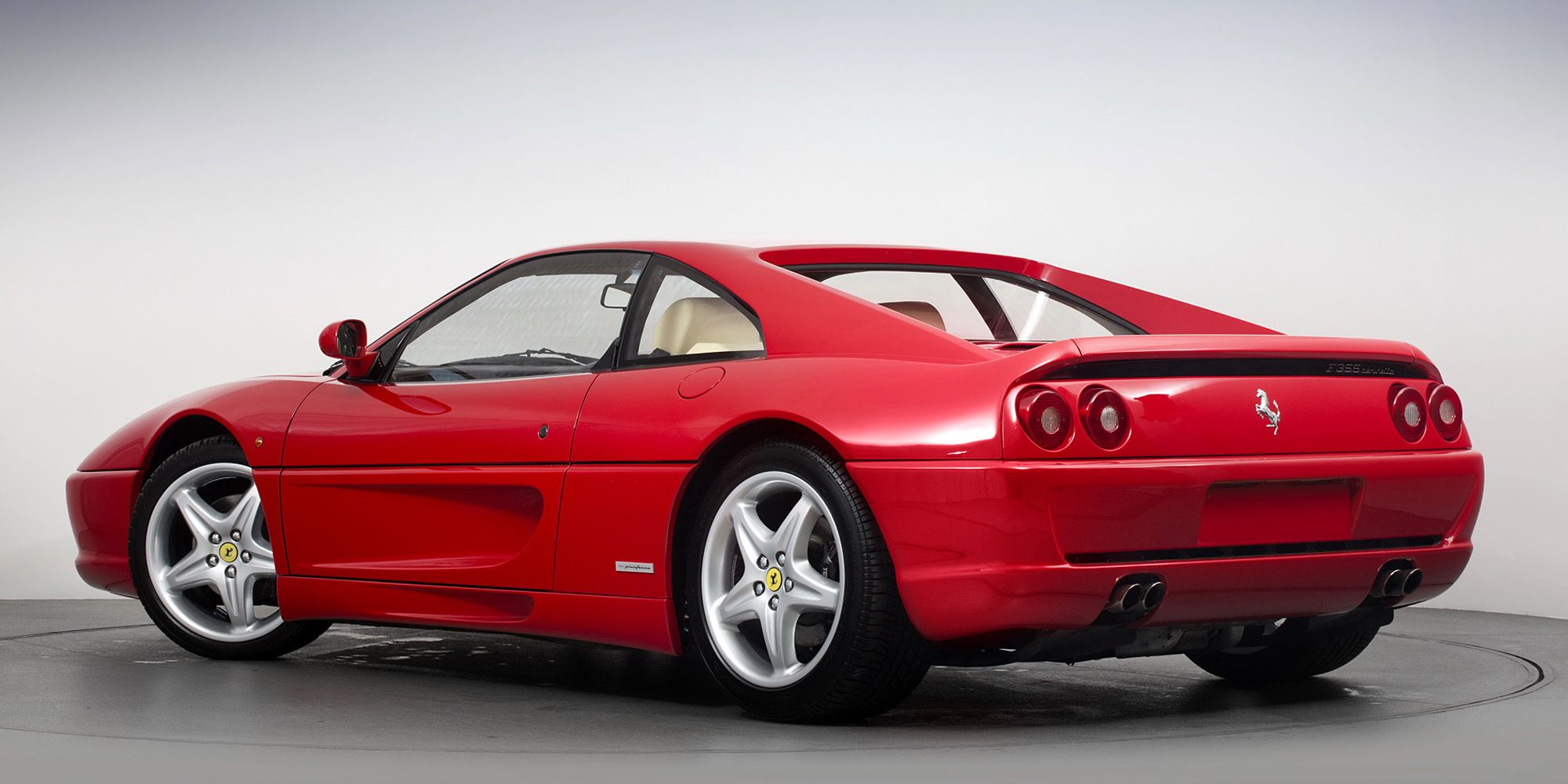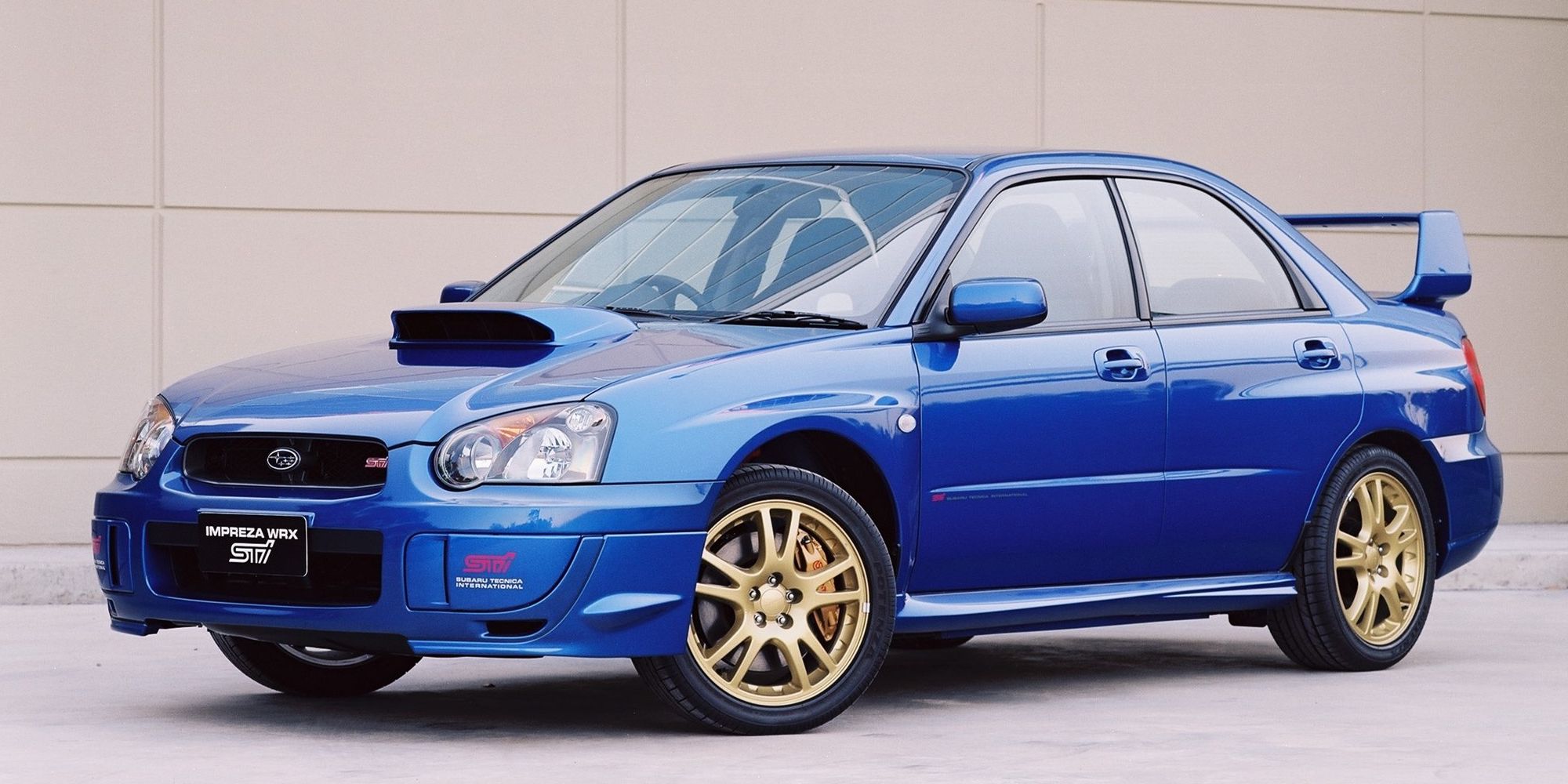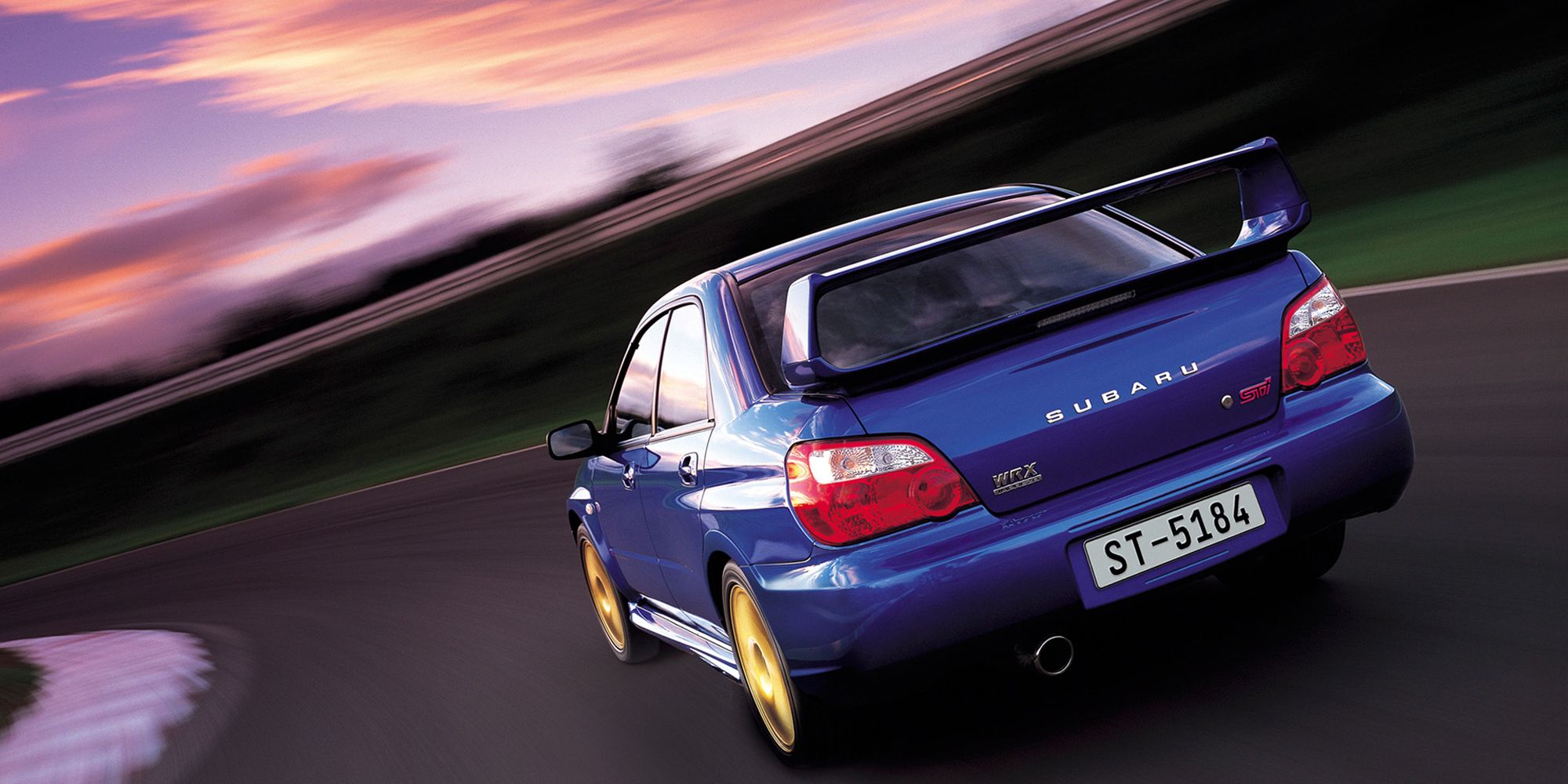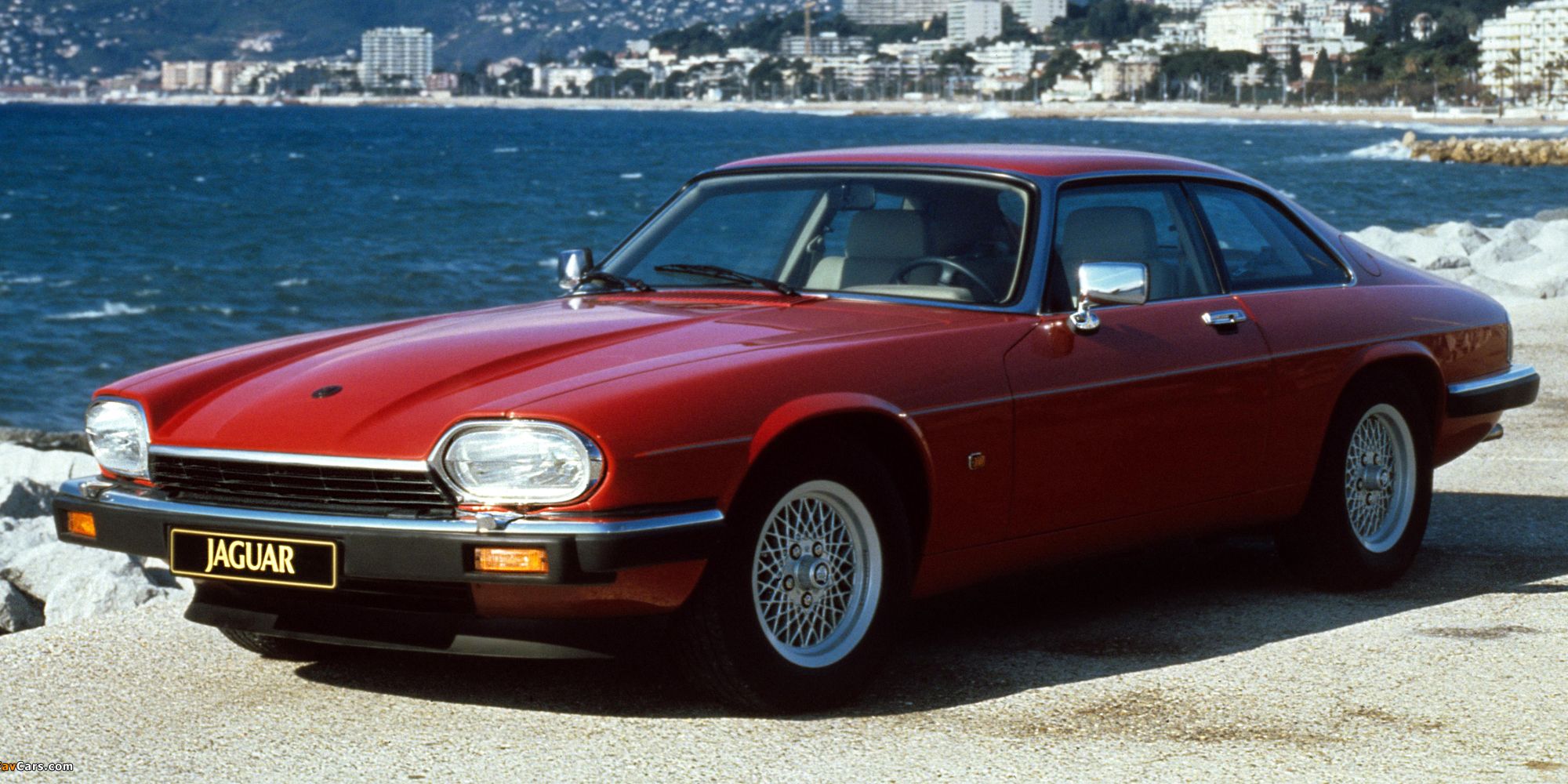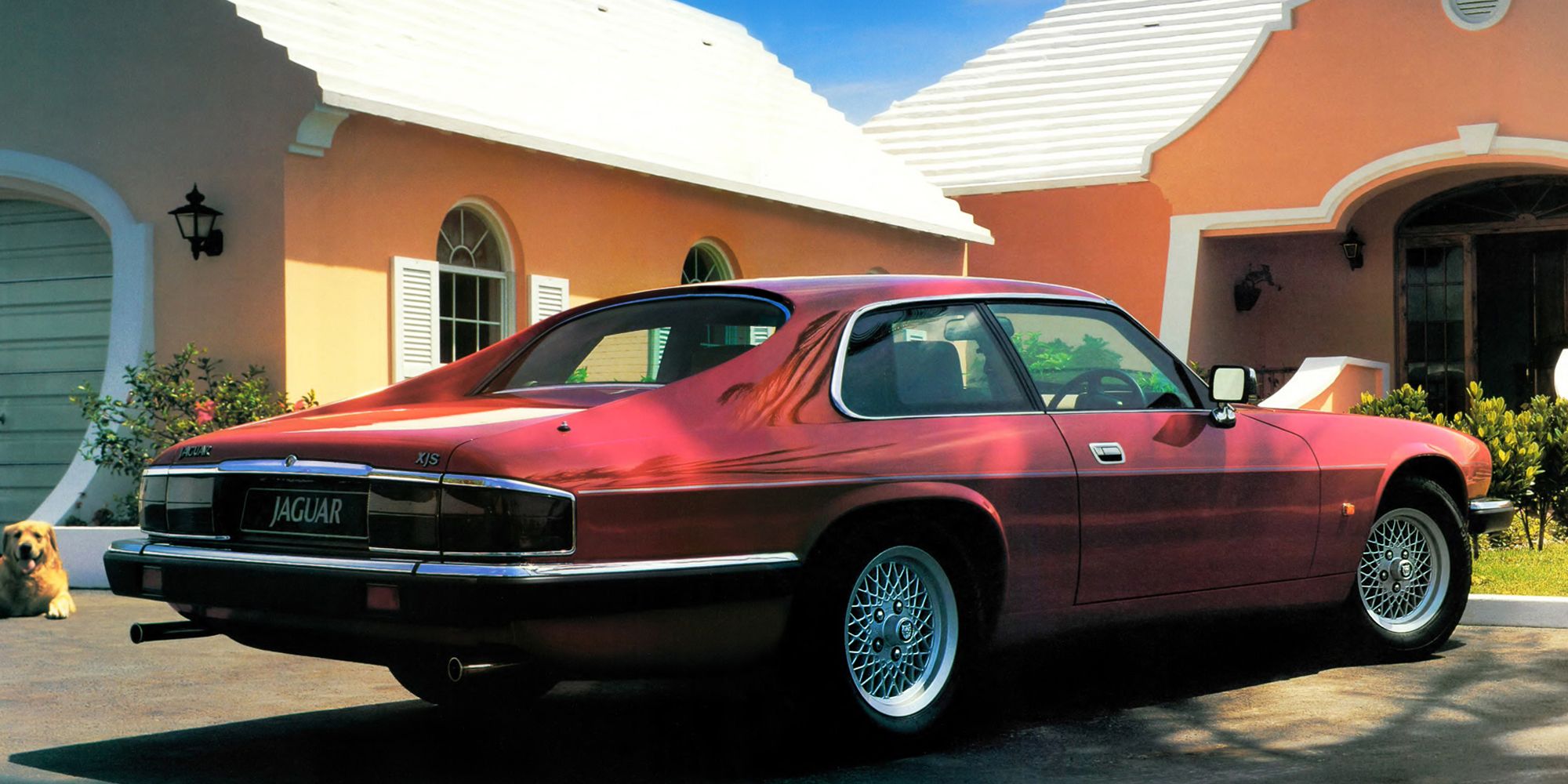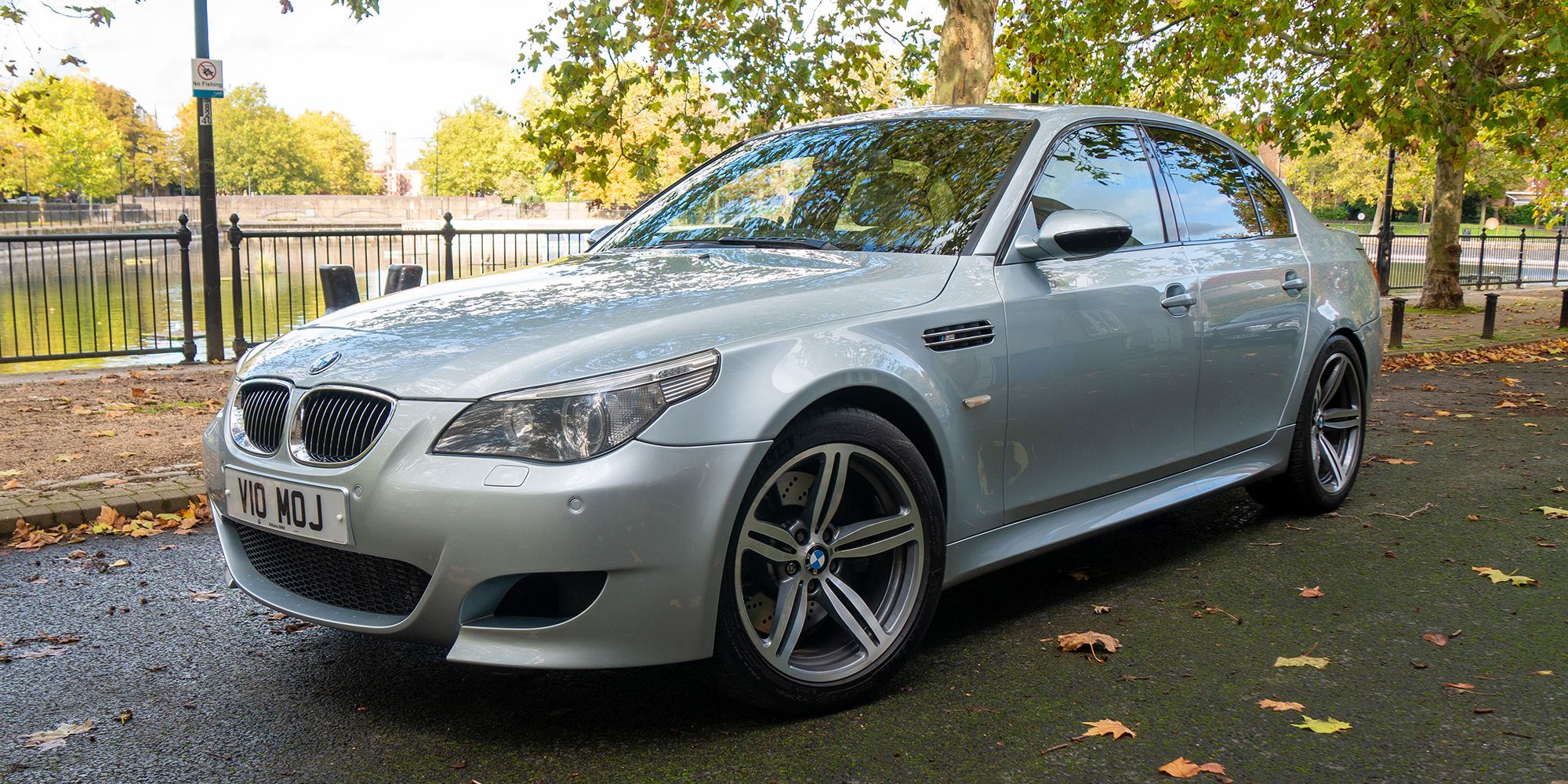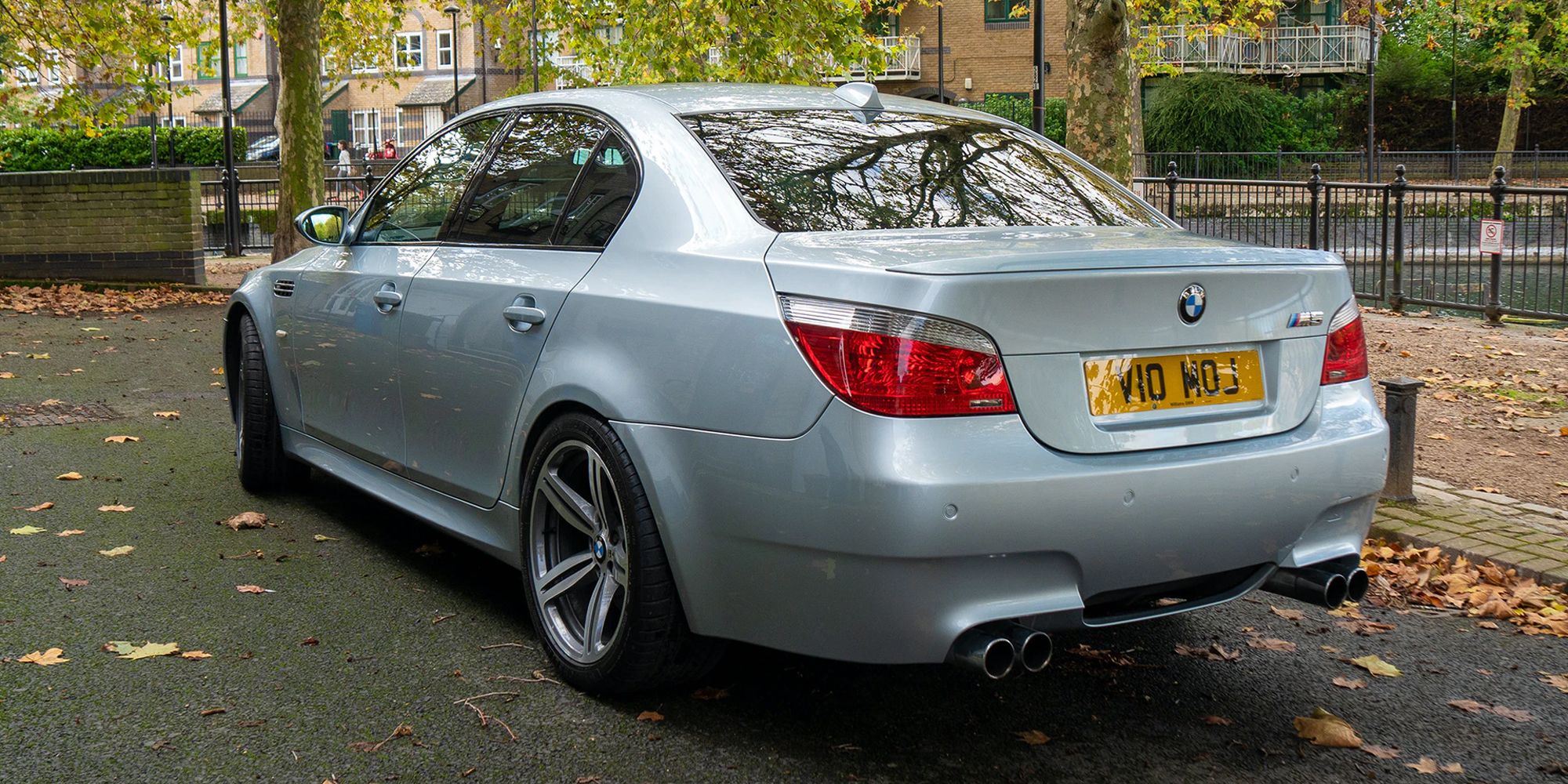As with everything in life, cars can also be flawed. Depending on how many or how big the flaws are, they can be enjoyable, but patchy, or they can be outright bad cars. Even though some cars in the past have had some pretty big flaws, people still love them.
But, there are some cars out there that feel as though they're compromised by just one simple flaw that they have. Whether that would be reliability concerns, or decisions made by the automaker, it stops these cars from being truly excellent.
10 Porsche 911 (996) - Intermediate Shafts
One of the most common examples of a factory bomb on a car, the 996 generation of the Porsche 911 is infamous for its intermediate shaft problems, or IMS. The IMS is what connects the camshafts of the engine together, and if it breaks, it could even potentially lead to a blown engine.
If it breaks, there's a very high probability that you will need to replace the engine altogether, which could end up costing you the same as buying another 996. If you're buying a used one, check the IMS situation, and if you can spare some money and want some peace of mind, replace it.
9 Toyota GR Supra - No Manual
After more than two decades on hiatus and just as much time in rumors and speculations, Toyota finally unveiled the GR Supra in January 2019. While the reception was mostly positive, some people had a variety of concerns.
While most of them had to do with the BMW-sourced powertrain, currently a massive (and massively unfunny) joke among enthusiasts, other people were concerned because of the lack of a manual transmission. With the arrival of the new Nissan 400Z and its standard 6-speed manual, we're still wondering what Toyota plans to do regarding this problem.
8 Mercedes S600 (W220) - Engine Problems
Don't get us wrong, a Mercedes V12 is a nice automobile to have. It's fast, smooth, and comfortable. But, as a variety of enthusiasts and YouTubers have shown us before, you should never buy a cheap Mercedes V12, under no circumstances whatsoever.
Though a cheap V12-powered S-Class might be tempting, it's a very bad idea. The most common (and expensive) problems with the V12 in the notoriously unreliable W220 S-Class are misfiring and leaking injectors. As if that wasn't enough, the electronics have a pretty much 100% failure rate.
7 Audi Allroad (First Gen) - Transmission Failure
The first-generation Audi Allroad first came along in 1999, based on the C5 generation of the Audi A6. It seemed like a cool idea; a station wagon that was capable of mild off-roading, like the Subaru Outback. What could be wrong with that?
The answer is, after a few years of the car being on sale, pretty much everything. A particular item prone to failure on the early Allroads was the automatic transmission. At the time, it was a very weak transmission, and they all had a very high failure rate, bringing along very high repair bills.
6 Maserati Quattroporte V - Transmission Problems
We're stretching it a bit here, as the Quattroporte isn't all that good from the onset. On the topic of transmission issues, the earlier fifth-generation Maserati Quattroporte suffered similar problems. Instead of a conventional automatic transmission, Maserati opted for a rather quirky DuoSelect semi-automatic.
Not only was the transmission jerky and could never seem to settle down, but there was also a variety of reliability concerns with it. A pump in the transmission tended to fail, and it could cost thousands of dollars to replace. Thankfully, Maserati came to their senses and replaced the terrible DuoSelect with a conventional 6-speed torque converter by ZF in 2007.
5 Lancia Montecarlo - Brakes
Definitely an underrated compact sports coupe. First introduced in 1975, the Montecarlo has always been considered a mini Ferrari, and it's easy to see why. It was great-looking, mid-engined, RWD and it handled like a dream.
However, there's a dark side. That dark side is the brakes, which were notorious for being overly boosted on early cars. In practice, this means that the brakes are highly likely to lock up even if light force is applied, which could lead to accidents. Lancia stopped production temporarily, and they solved the problem in the most Lancia way possible. They removed the brake servo.
4 Ferrari F355 - Exhaust Manifolds
Ferraris are obligated by law to have some sort of major reliability concern that could eventually lead to the car turning into a money pit. The brand's flagship V8 supercar from the 90s, the F355, is no exception.
For the most part, the F355 is a truly brilliant car. Early models were manual-only, it had a glorious 3.5 liter V8 which revved to 8000 RPM, and it had a gorgeous body that just looks so right wearing the classic Rosso Corsa. However, the problem comes with the exhaust manifolds. According to Ferrari experts, these are absolutely guaranteed to break.
3 Subaru WRX STI - Head Gaskets
Truth be told, this problem affected just about every Subaru sold from 1997 to 2011. However, the WRX STI is the most notable, at least according to those automotive Instagram pages that think they're funny.
Due to the head gaskets being made of composite materials, they simply weren't up to the job, and they allowed for stuff like coolant leakage. They pretty much have a 100% failure rate, so it's worth checking the situation if you buy a used WRX STI, and replace them if necessary.
2 Jaguar XJS V12 - Engine
First appearing in 1975, the XJS lived on for 21 years and became a darling of British grand tourers, receiving high praise from the likes of Jeremy Clarkson. Throughout its life, it was offered with either a six-cylinder or a 5.3 liter V12.
Being a Jaguar, this car was never expected to be reliable in the long-term. All things considered, the XJS V12 is widely regarded as being one of the most unreliable cars of all time, and it was largely down to the engine. We couldn't tell you a specific thing that went wrong with the engine constantly, because pretty much everything did.
1 BMW M5 (E60) - Rod Bearings
On the face of it, the E60 had it all. A screaming V10 engine, a stick shift in some markets, a bucket load of power, and one of two M5 generations to be offered as a wagon. Then, reliability reports started coming in.
Without sugarcoating it, a used E60 M5 is a total money pit. By far the biggest concern with these cars is the rod bearing failure. Due to a lack of clearance between the rod bearing and the crank journal, the bearings would wear prematurely. If you find a cheap E60 M5, don't be tempted.
It's a real shame, because these cars, along with many others, would have been so good otherwise. They just had one fatal flaw, a ticking time bomb, that let them down. If the automakers haven't fixed these problems in their successors and replacements, we hope they will down the line.


